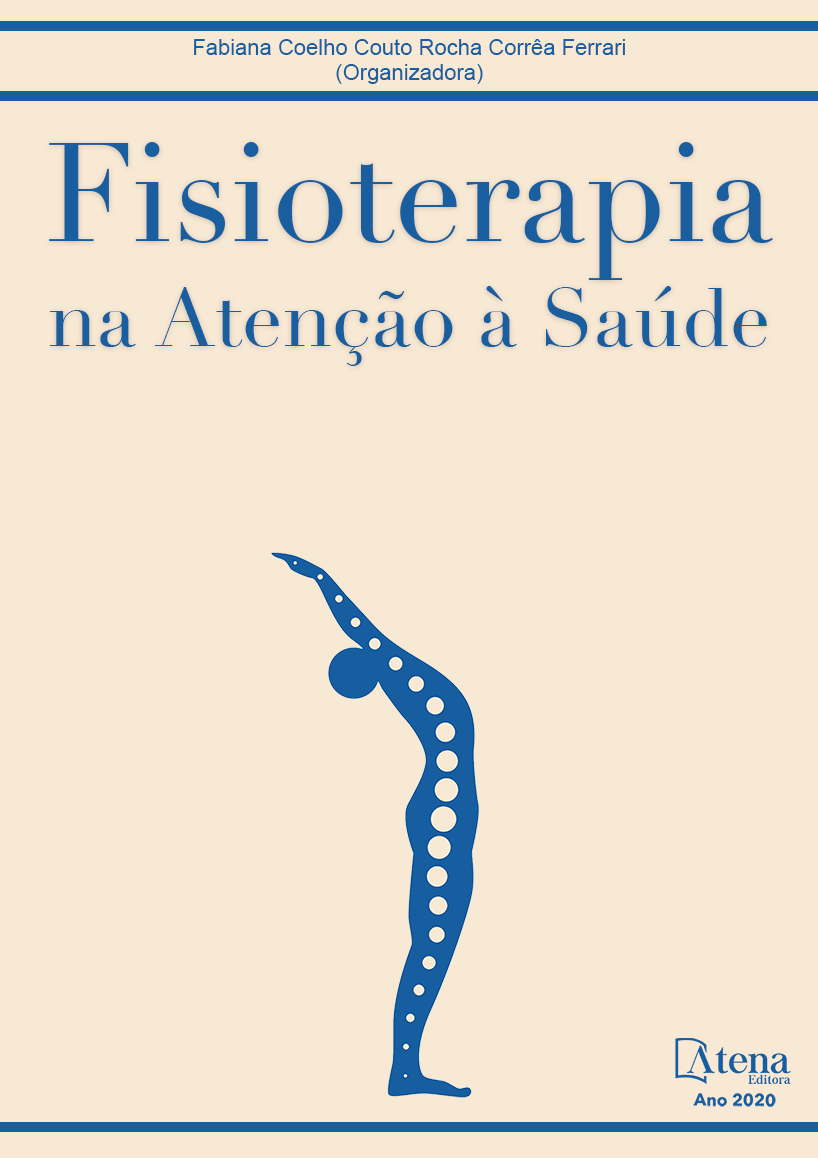
AVALIAÇÃO DA CAPACIDADE PULMONAR FUNCIONAL EM IDOSAS PRATICANTES DE DANÇA
O envelhecimento populacional é uma realidade mundial, consequência do prolongamento da vida. Nesse sentido, torna-se vital pesquisas para entender melhor o processo de envelhecimento, tendo em vista garantir a qualidade de vida dessa faixa etária. Objetivo: Analisar a capacidade pulmonar funcional de idosos praticantes de dança e correlacionar os valores aos de idosos sedentários. Método: idosas foram recrutadas e divididas em dois grupos: dança (n= 24) e sedentários (n=21). Os dois grupos responderam um questionário demográfico com informações básicas e foram avaliados através do teste de caminhada de 6 minutos (TC6M) e a manovacuometria. Resultados: Na manovacuometria, as médias tanto da pressão inspiratória (PImáx) como expiratória (PEmáx) foram menores no grupo sedentários em relação ao grupo dança. Em média a velocidade da marcha do grupo dança (1,13 m/s) foi estatisticamente maior que a média do grupo controle (0,77 m/s). Com relação às distâncias percorridas obteve que a diferença das médias dos grupos controle e dança foram respectivamente 281,14 e 407,53 m/s, estatisticamente significativas. Conclusão: A dança como atividade física aumenta de forma significativa a PImax, PEmax e a capacidade funcional, quando comparados esses valores aos de indivíduos sedentários.
AVALIAÇÃO DA CAPACIDADE PULMONAR FUNCIONAL EM IDOSAS PRATICANTES DE DANÇA
-
DOI: 10.22533/at.ed.2552019089
-
Palavras-chave: Terapia através da dança. Envelhecimento. Exercício. Aptidão Física.
-
Keywords: Elderly. Therapy through dance. Aging. Exercise.
-
Abstract:
Population aging is a worldwide reality, a consequence of the prolongation of life. In this sense, it becomes vital to research to better understand the aging process, in order to guarantee the quality of life of this age group. Objective: To analyze the functional pulmonary capacity of elderly practicing dance and to correlate the values to those of sedentary elderly. Method: elderly women were recruited and divided into two groups: dance (n = 24) and sedentary (n = 21). The two groups answered a demographic questionnaire with basic information and were assessed through the 6-minute walk test and the manovacuometry. Results: In manovacuometry, mean inspiratory pressure (MIP) and expiratory pressure (MEP) were lower in the sedentary group than in the dance group. On average the dance group gait speed (1.13 m / s) was statistically higher than the mean of the control group (0.77 m / s). Regarding the distances traveled, the differences between the means of the control and dance groups were respectively 281,14 and 407,53 m / s, statistically significant Conclusion: Dance as a physical activity significantly increases MIP, MEP and functional capacity , when compared to those of sedentary individuals.
-
Número de páginas: 14
- Jonas Silva Diniz; Joanne dos Santos Saraiva; José Francisco Miranda de Sousa Júnior; Gustavo Henrique Melo Sousa; Flames Thaysa Silva Costa; Brendo Henrique da Silva Vilela.
- FERNANDA FERREIRA DE SOUSA


